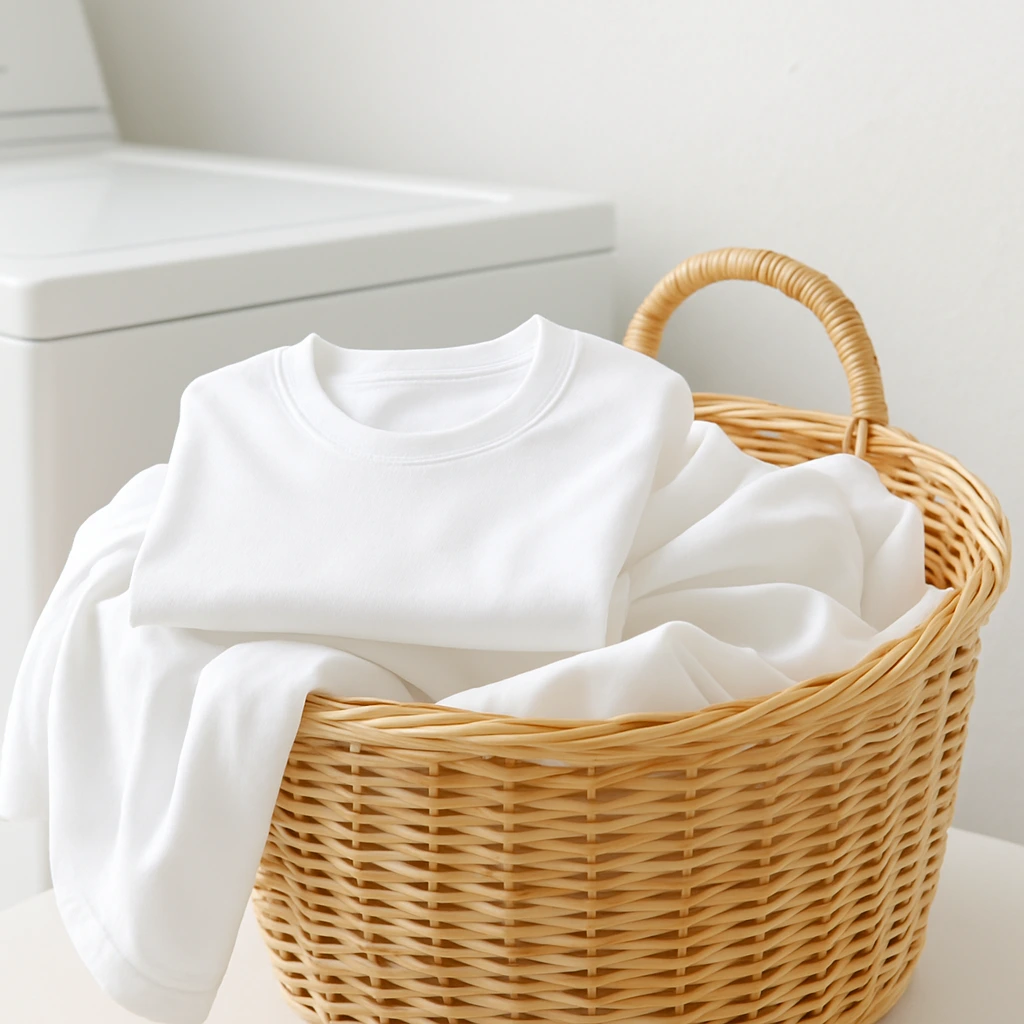Anyone who loves wearing white clothes knows the struggle: they never stay white for long. Whether it’s sweat stains under the arms, a splash of coffee during your morning rush, or an accidental spill of red wine at dinner, white fabric seems to attract trouble. And the worst part? Once the stains set in, they feel nearly impossible to remove.
For years, I relied on store-bought stain removers, the kind that promise miracles in bright packaging. But many of them left my clothes stiff, smelled strongly of chemicals, or simply didn’t do much. That’s when I decided to try making my own solution at home—something natural, gentle, and budget-friendly. To my surprise, it didn’t just work; it became my go-to method.
The Power of Simple Ingredients
The recipe is as straightforward as it gets, using three ingredients most households already have:
½ cup baking soda
½ cup hydrogen peroxide (3% solution)
1 cup hot water
Baking soda acts as a mild abrasive that helps lift dirt and neutralize odors. Hydrogen peroxide is a natural bleaching and disinfecting agent that brightens fabrics. Hot water helps everything dissolve and work more effectively.
Personal note: I first tested this on a white T-shirt I had almost given up on. It had faint yellow sweat stains that never seemed to disappear, no matter what detergent I used. After just one treatment with this mixture, the shirt looked noticeably brighter. That was the moment I realized I’d found something worth sharing.
How to Use the Mixture
- In a container, mix the baking soda, hydrogen peroxide, and hot water until well combined.
- Apply the solution directly to the stained area.
- Let it sit on the fabric for about 15–20 minutes.
- Wash the garment as you normally would.
The process couldn’t be simpler, yet the results often feel as if you’ve discovered a secret laundry hack.
Why It Works So Well
This mixture works because of how the ingredients interact with stains. Hydrogen peroxide naturally releases oxygen when it touches organic material (like coffee, wine, or sweat), which helps lift and break down discoloration. Baking soda adds a gentle scrubbing power and removes lingering odors, leaving your clothes fresher and brighter.
Best Situations to Use It
This homemade stain remover works especially well on light-colored fabrics. It’s ideal for:
Sweat stains under the arms
Coffee or tea marks
Red wine spills
I’ve also used it on dull pillowcases and white kitchen towels. In both cases, the fabrics looked significantly brighter after just one wash.
A Little Extra Help for Stubborn Stains
If the stain doesn’t lift after the first treatment, don’t panic. Old, set-in stains sometimes need a little extra effort.
Use a soft brush (like an old toothbrush) to gently scrub the area after applying the solution.
If necessary, repeat the process once more before drying the garment.
This method has saved me more than once, including a white cotton dress I nearly gave up on after a barbecue. Between ketchup, wine, and grass stains, it looked hopeless. But with two rounds of this homemade mix, the dress was as good as new.
Other Natural Alternatives You Can Try
If you want to experiment or don’t have hydrogen peroxide on hand, here are a few tried-and-true natural options:
Lemon Juice and Sunlight: Apply lemon juice to the stain and place the garment in direct sun for a few hours. Perfect for sweat marks.
White Vinegar and Baking Soda: Soak the stain in white vinegar, then sprinkle baking soda over it before washing. A powerful deodorizer and cleaner.
Salt and Cold Water: For fresh red wine stains, cover with salt immediately to absorb the liquid, then rinse in cold water.
Milk Soak: For ink stains, soaking the fabric in milk overnight can help lift the ink before a normal wash.
Final Thoughts
White clothes don’t need to be a source of stress. With just a few natural ingredients and a little patience, you can fight stains and restore brightness without spending money on expensive cleaners or exposing your clothes to harsh chemicals.
I’ve personally saved shirts, dresses, and even bedsheets with this method—and I love how easy it is to prepare. Once you try it, chances are you’ll never go back to chemical removers.
Give it a try at home and see how it works for you. If you’ve got your own natural laundry tricks, share them—I’d love to hear what’s worked for you. Who knows, your tip might just save someone else’s favorite shirt!

